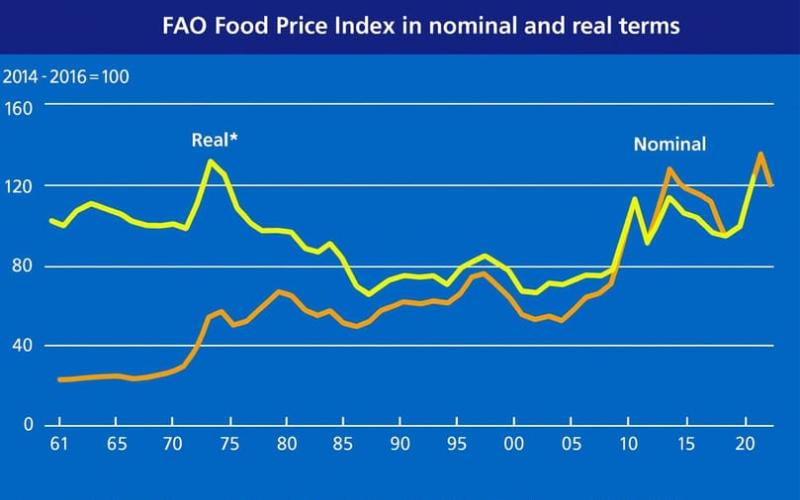Chilling Profits: Australia's Cold Chain Market Set to Reach $7.32 Billion by 2033

One of the key factors propelling this growth is the rising demand for perishables among Australians, including fruits, vegetables, seafood, and meat. This trend underscores the need for a robust cold chain infrastructure to ensure the freshness and safety of these products throughout the supply chain.
The booming e-commerce sector is also contributing to the expansion of the cold chain market. With the growing popularity of online grocery shopping, there is a significant demand for efficient cold chain solutions to ensure reliable last-mile delivery of perishable goods at the right temperature.
Government initiatives aimed at supporting the agricultural sector and investing in infrastructure development, such as seaport upgrades, are further driving growth in the cold chain market. These initiatives are creating a more efficient and cost-effective environment for transporting temperature-sensitive products, both domestically and internationally.
Within the Australian cold chain market, cold storage facilities are expected to hold the dominant share by 2033. These facilities play a critical role in storing perishable goods at optimal temperatures throughout the supply chain. Additionally, cold transport, including refrigerated trucks, railcars, and shipping containers, is witnessing steady growth, facilitating the efficient transportation of perishable goods across vast distances within Australia and for export purposes.
Moreover, there is a growing demand for specialized cold chain solutions, such as controlled atmosphere storage and temperature-controlled packaging, to meet the unique needs of various products and ensure their freshness and quality. This diversification within the market reflects the evolving landscape of cold chain logistics in Australia.











